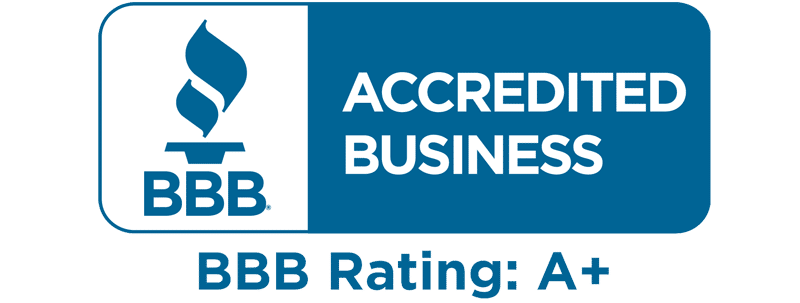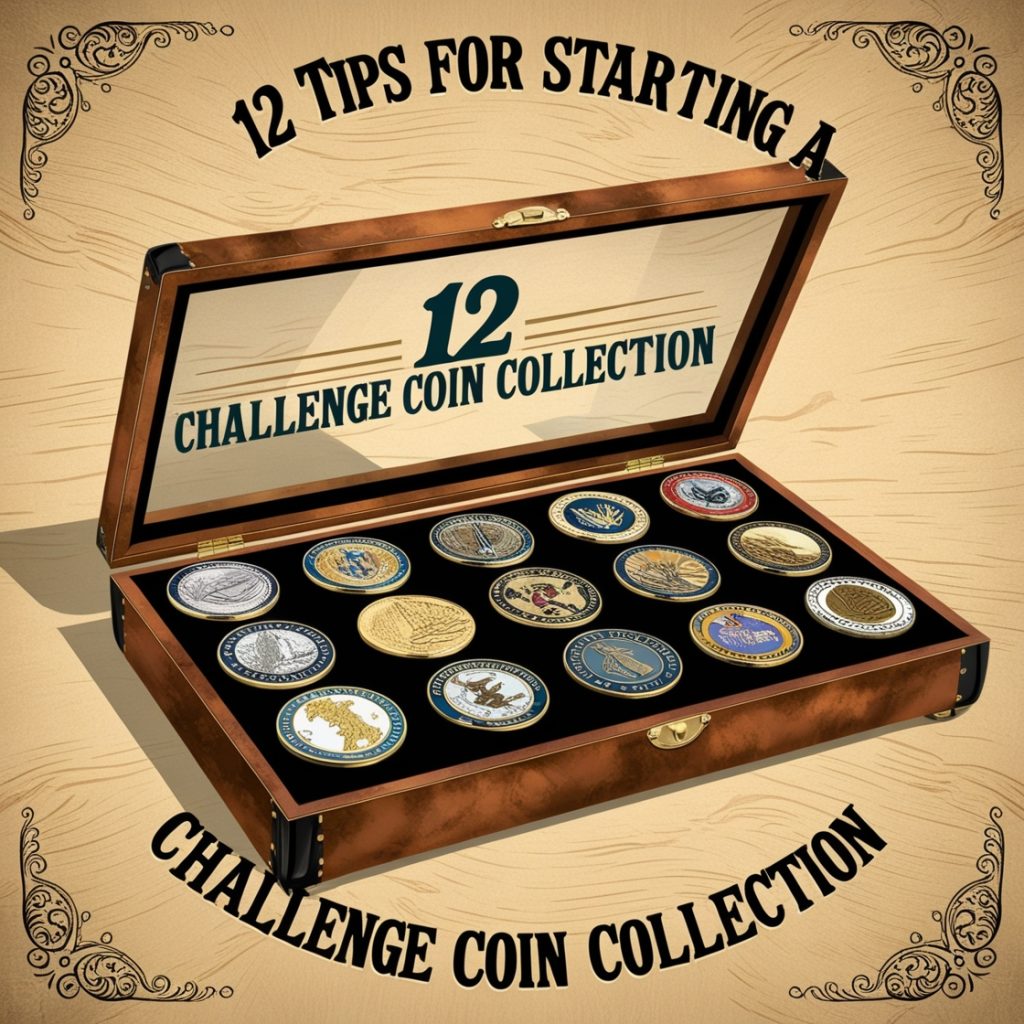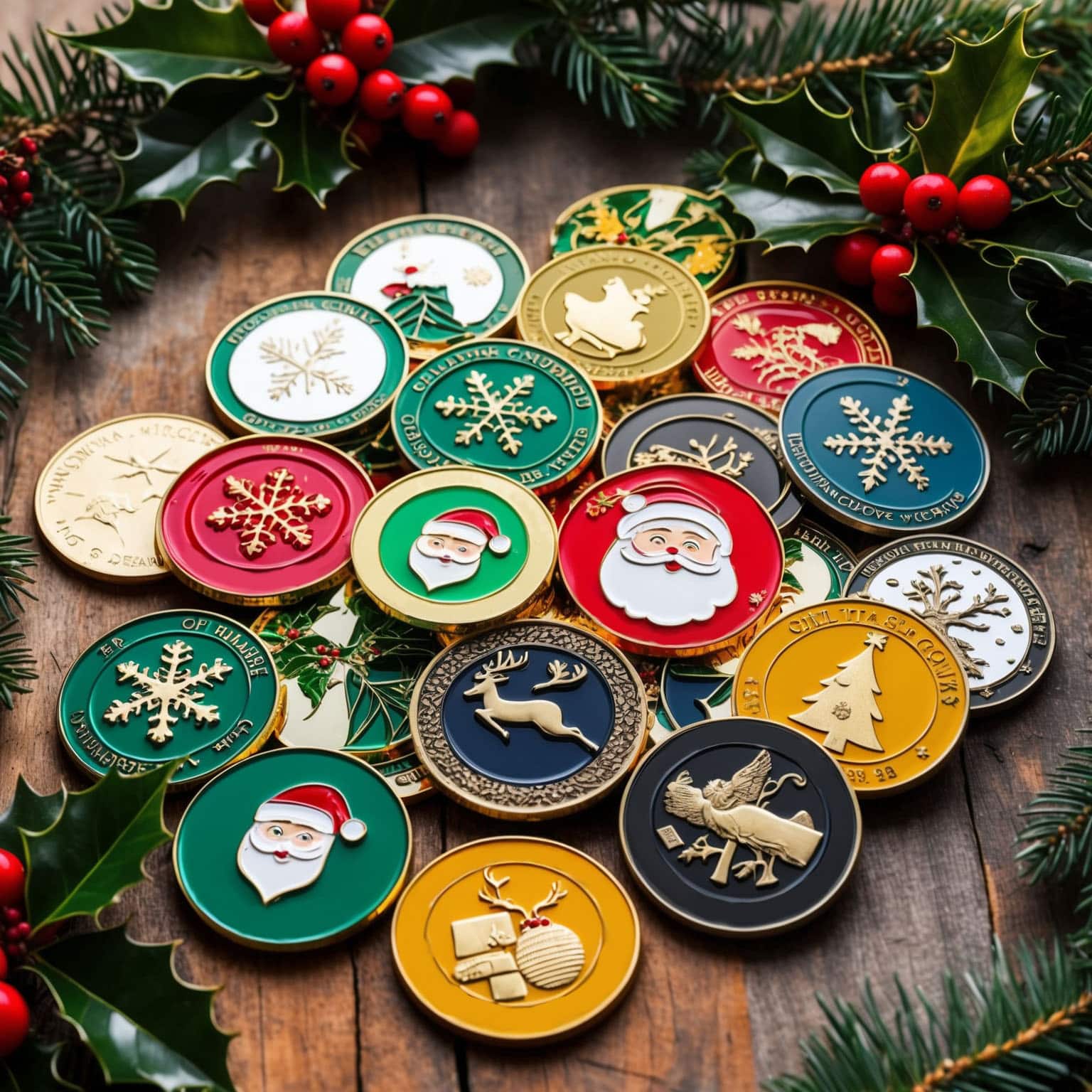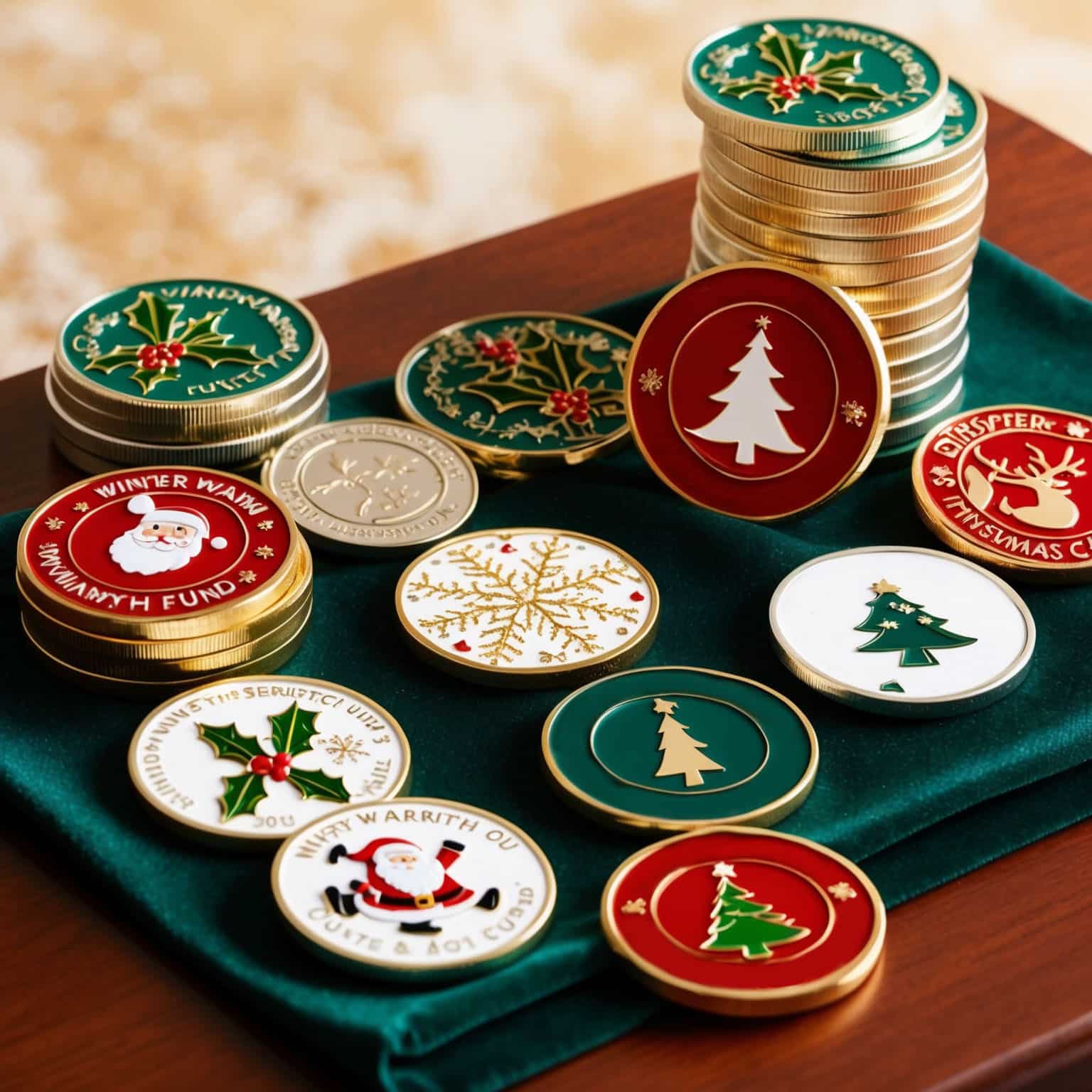Imagine holding a small, intricately designed coin in your hand. It’s not just any coin—it’s a custom challenge coin, a piece of history, a token of camaraderie, and a unique work of art. The world of custom challenge coins is fascinating, full of rich stories and beautiful designs. But how do you start your own collection? Whether you’re a history buff, a military enthusiast, or someone who loves unique collectibles, starting a custom challenge coin collection can be an exciting and rewarding hobby. Let’s dive into twelve expert tips to help you unlock the hobby and build a collection that you’ll treasure for years to come.
Custom challenge coins have a storied history, originating in the military as symbols of membership, achievement, and camaraderie. Today, they are popular among collectors for their unique designs and the stories they tell. Starting a custom challenge coin collection can seem daunting at first, but with the right knowledge and resources, you can build a collection that is both meaningful and valuable. This article will provide you with twelve expert tips to get started, address common concerns, and guide you through the exciting world of custom challenge coin collecting.
1. Understand the History and Significance of Challenge Coins
Historical Context:
Before you start collecting, it’s important to understand the history and significance of challenge coins. These coins have their roots in military tradition, where they were used to boost morale and recognize service. Knowing the history can deepen your appreciation for each coin in your collection.
- Example: Challenge coins became popular during World War I when a wealthy lieutenant had bronze medallions struck for his squadron. One of these medallions helped save a pilot’s life, solidifying the coin’s significance in military lore.
2. Define Your Collecting Goals
Purpose and Focus:
Decide what you want to achieve with your collection. Are you interested in military history, specific organizations, or unique designs? Defining your goals will help you focus your efforts and make your collection more meaningful.
- Example: You might choose to focus on collecting coins from different military branches, or you could collect coins that commemorate significant historical events.
3. Start with Research
Knowledge is Power:
Educate yourself about the different types of challenge coins, their meanings, and their value. This will help you make informed decisions when acquiring new pieces for your collection.
- Example: Research online forums, books, and websites dedicated to challenge coins. Join collector groups to learn from experienced collectors.
4. Set a Budget
Financial Planning:
Determine how much you are willing to spend on your collection. Challenge coins can range from a few dollars to several hundred dollars depending on their rarity and condition. Setting a budget helps you manage your finances and make strategic purchases.
- Example: Start with a modest budget and gradually increase it as you become more knowledgeable and confident in your collecting skills.
5. Buy from Reputable Sources
Quality and Authenticity:
Purchase coins from reputable dealers, auctions, or directly from the organizations that issue them. This ensures the authenticity and quality of the coins in your collection.
- Example: Websites like eBay can be useful, but make sure to check seller ratings and reviews. Also, consider attending coin shows and military memorabilia events.
6. Inspect Coins Carefully
Condition Matters:
Examine coins for any signs of wear, damage, or alterations. The condition of a coin significantly affects its value and desirability.
- Example: Look for coins that have clear, sharp designs and minimal scratches or discoloration. Use a magnifying glass to inspect details closely.
7. Document Your Collection
Record Keeping:
Maintain detailed records of your collection, including information about each coin’s origin, condition, and purchase details. This helps you keep track of your collection’s value and provenance.
- Example: Use a digital spreadsheet or a dedicated coin collection app to document your coins. Include photographs and detailed descriptions for each coin.
8. Store Coins Properly
Preservation:
Proper storage is crucial to preserving the condition of your coins. Use coin holders, albums, or display cases to protect them from damage and environmental factors.
- Example: Store your coins in a cool, dry place away from direct sunlight. Use acid-free holders and cases to prevent tarnishing and degradation.
9. Network with Other Collectors
Community Engagement:
Join collector groups and online forums to connect with other challenge coin enthusiasts. Networking can provide valuable insights, trade opportunities, and support.
- Example: Websites like Reddit and CoinTalk offer active communities where collectors share experiences and advice.
10. Attend Coin Shows and Events
Hands-On Learning:
Attend coin shows, conventions, and military memorabilia events to see a wide variety of coins and meet dealers and other collectors. These events can also offer opportunities to acquire rare and unique pieces.
- Example: Major events like the American Numismatic Association’s World’s Fair of Money provide a chance to explore extensive collections and purchase coins from reputable sources.
11. Learn About Coin Grading
Evaluating Value:
Understand the coin grading system to evaluate the condition and value of your coins accurately. Grading scales, such as those used by the Professional Coin Grading Service (PCGS) and Numismatic Guaranty Corporation (NGC), provide standardized assessments.
- Example: A coin graded MS (Mint State) 70 is in perfect condition with no visible flaws, making it more valuable than a lower-graded coin.
12. Stay Informed and Updated
Continuous Learning:
Keep up with the latest trends, news, and developments in the world of challenge coins. Subscribe to industry publications, follow relevant blogs, and participate in discussions to stay informed.
- Example: Websites like CoinWeek and Numismatic News offer regular updates on market trends, new releases, and collecting tips.
Conclusion
Starting a custom challenge coin collection can be a rewarding and fulfilling hobby. By understanding the history, setting clear goals, and following these expert tips, you can build a collection that is both meaningful and valuable. Whether you’re drawn to the artistry, the history, or the sense of camaraderie these coins represent, your collection will reflect your unique interests and passions. Embrace the adventure of collecting custom challenge coins, and enjoy the journey of discovering new pieces and the stories they tell.
By following these tips and engaging with the community, you’ll be well on your way to creating a custom challenge coin collection that brings joy and satisfaction for years to come. Happy collecting!
If you are interested in a unique challenge coin, you can call us at 800-371-6256 or fill out a FREE quote form.








